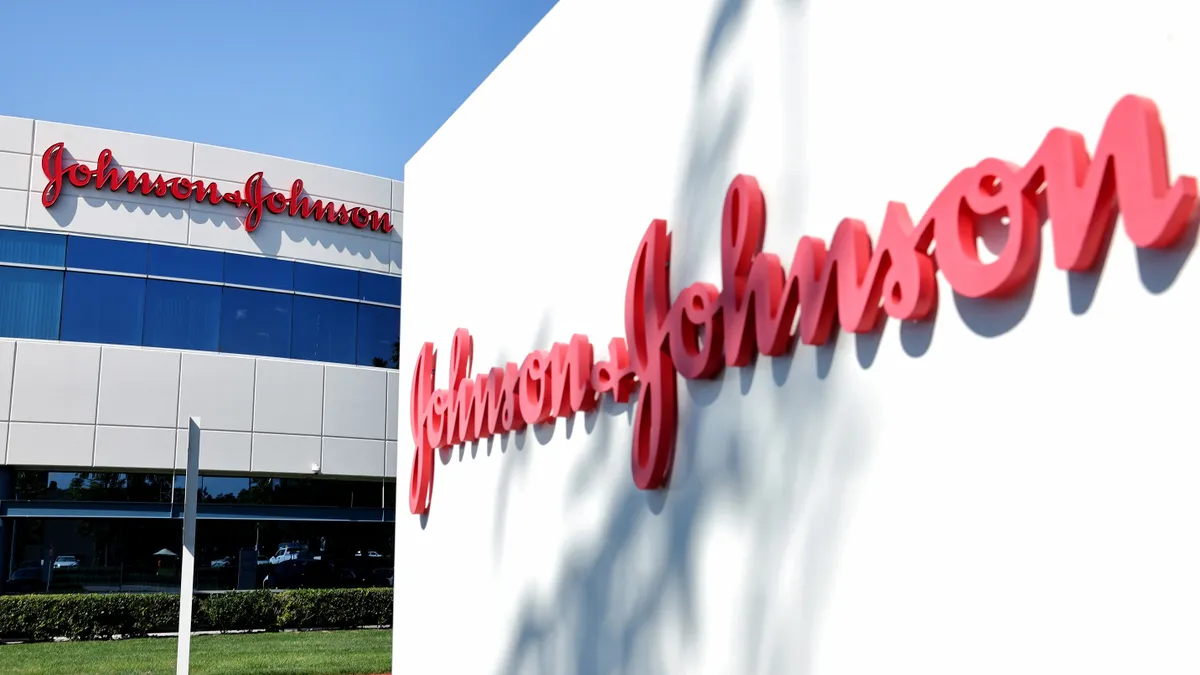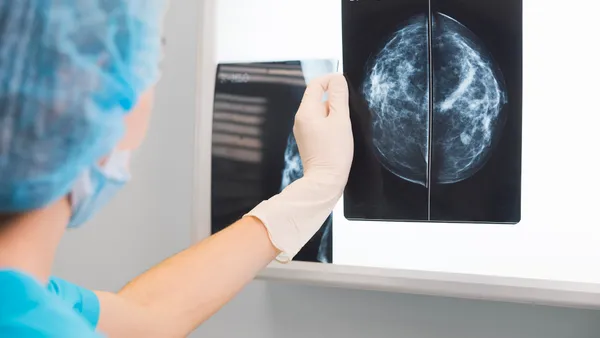Dive Brief:
- An expanding, injectable foam designed to stop bleeding from abdominal wounds in trauma and battlefield situations has received FDA breakthrough designation to accelerate its development.
- Gel-e said the Life Foam treatment is its first flowable device for internal use to temporarily control bleeding from wounds not amenable to tourniquet application. The technology previously received FDA clearance for topical and external applications.
- The technology platform on which Life Foam is based uses natural biopolymers that are abundant and inexpensive, the College Park, Maryland-based company said.
Dive Insight:
The company’s bleeding management products range from surgical gels to bandages for patients on blood thinners who experience routine bleeds. Its vascular gel is FDA-cleared as a closure device for vascular access procedures.
Gel-e said it is pursuing wound care markets worth a projected $7 billion combined. These also include films to treat chronic wounds and venous leg ulcers and high-performance first aid kits.
The Life Foam device is leading the company’s expansion into internal and surgical procedures. The foam is designed to expand quickly in the abdominal cavity to stabilize the patient, allowing transport to a trauma surgeon.
The product is currently in pre-clinical development for the treatment of injuries in battlefield conditions or traumatic accidents where life-threatening internal bleeding occurs away from immediate urgent care.
Trauma resulting from an accident is the third leading cause of death in the United States, after heart disease and cancer, according to the Centers for Disease Control and Prevention. Roughly 85% of hemorrhage-related deaths are the result of internal bleeding that is not accessible to direct pressure and cannot be controlled by traditional methods such as gauze or a tourniquet.
Gel-e raised $3.1 million in 2017 in a private financing led by early-stage investment funds and life science investors that helped the company expand development of its product portfolio. Before the financing round, the company was funded by grants from the National Science Foundation, U.S. Army Research Lab, Maryland Industrial Partnerships, and the Technology Development Corp.












